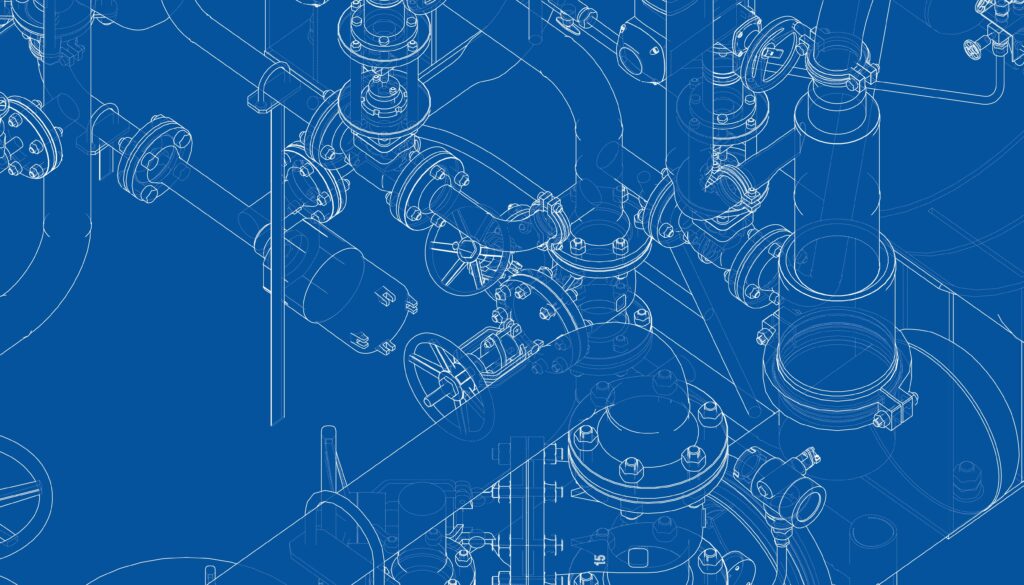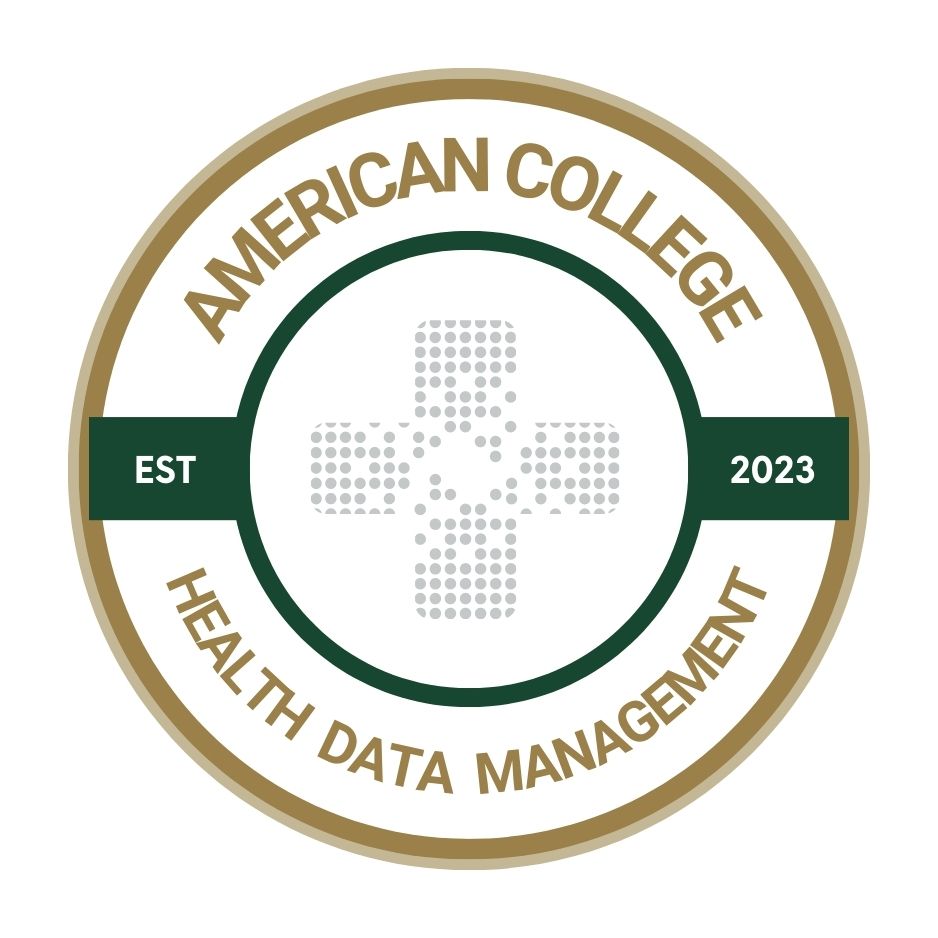The digital metamorphosis: From luxury to lifeline
Understanding the ascension of IT utility and its revolutionary impact on modern industries, particularly in the healthcare space.

From its nascent stages to today's vast complexities, the world of technology has consistently unveiled layers of innovations, beckoning industries and thinkers to adapt, evolve and reimagine.
Six years ago, in 2017, when I took my initial exploratory steps into this realm, I perceived a technological mosaic distinctly different from today's. Envisioning technology's metamorphosis from a supplementary service into a lifeline, equated with essential utilities like water or electricity, often raised eyebrows and incited debates. Industries, with healthcare being a prime example, were only beginning to understand the gravity of digital transformation.
Yet, today, a mere six years forward, the prophecy is not only realized but has become the modus operandi for modern enterprises.
Tracing IT's evolutionary journey
Turning back the clock, the information technology (IT) sector was predominantly an adornment, an “added benefit” rather than an absolute essential. Most IT departments were in firefighting mode, continually addressing tech-related fires, ensuring minimal disruptions.
But with groundbreaking strides in cloud computing, artificial intelligence, and the Internet of Things, the landscape experienced seismic shifts.
No longer is IT a mere accessory – it’s the pulsating heart of contemporary business infrastructures. The remarkable progression from a service-oriented to a utility-focused paradigm has revolutionized operational methodologies. What were once hefty, upfront capital expenditures for IT resources have morphed into a flexible, on-the-go utility model, echoing the way we consume daily utilities.
But the gravity of this transformation transcends mere operational convenience. Where IT was once associated primarily with backend support and periodic troubleshooting, it now sits at the helm, steering business innovations, molding strategies and carving unparalleled market niches.
Juxtaposing reluctance and revolutionary potential
However, it's important to recognize the uneven diffusion of this IT utility wave across sectors. Healthcare emerges as a fascinating study in contrasts.
While the tech tide surged, healthcare – ensnared by a maze of regulatory frameworks, fiscal restrictions and entrenched reluctance – seemed to trudge rather than sprint. Fears of potential job obsolescence, the complexities of new digital systems and perceived erosions of professional dominion cast long, intimidating shadows.
But beneath this cautious exterior bubbles a reservoir of potential. A healthcare system turbocharged by IT utility is a tantalizing prospect, teeming with the promise of operational fluidity, amplified patient-centric outcomes and a rejuvenated emphasis on core medicinal tenets over bureaucratic impediments.
The IT utility model and its impact
Grasping the profound implications of this transition demands an immersion into the distinct facets that differentiate conventional IT from its avant-garde utility counterpart.
Classic IT, often hamstrung by its episodic nature and sometimes convoluted costing structures, stands in stark contrast to the proactive, modular and continuously refined utility archetype.
Cloud computing emerges as the central force in this narrative. It seamlessly binds the various strands of the IT utility model. By granting businesses the agility to modulate resources in real-time, all while adhering to a fiscal discipline, cloud technology has leveled the playing field, enabling even smaller entities to harness top-tier tech solutions.
The reverberations are palpable across sectors, with healthcare undergoing a transformative revival. Cloud-driven platforms are redefining patient care, fostering a spirit of collaboration and reimagining healthcare delivery paradigms.
A vision for the future
As we set our compass towards the forthcoming decade, the promise of an exhilarating IT utility epoch looms large.
By 2029, one could anticipate an astoundingly different digital milieu. The ubiquity of edge computing will cater exquisitely to the insatiable appetite for real-time digital interactions. AI and machine learning will evolve from being mere jargon to foundational pillars, intricately woven into our IT blueprints, facilitating automated decision-making and optimizing resource deployment. Amidst this dizzying tech maelstrom, the bedrock of stability will be cybersecurity, fortifying our densely interlinked digital sanctuaries.
Yet, the odyssey isn't devoid of challenges. The monumental pivot towards IT-centricity necessitates a massive reskilling effort. Anxiety over data sanctity will escalate, mandating fortified defensive bulwarks. Organizations, while enticed by the long-range dividends of the IT utility framework, will wrestle with the prospect of hefty immediate investments.
The unfolding saga of IT utility stands as a glowing testament to the marvels of human ingenuity and the transformative clout of technology. For businesses spanning the globe, the message is clear – assimilating IT utility isn't a mere tech gambit; it's a quintessential business mandate.
In this transformative epoch, enterprises that astutely negotiate this transition, discerning beyond immediate hurdles and fixating on the limitless horizon, will sculpt the morrows. As we delve fervently into this monumental phase, let us exalt the relentless spirit of human innovation, the very elixir that propels the inexorable ascent of IT utility.
Christopher Kunney fellow of the American College of Health Data Management.
